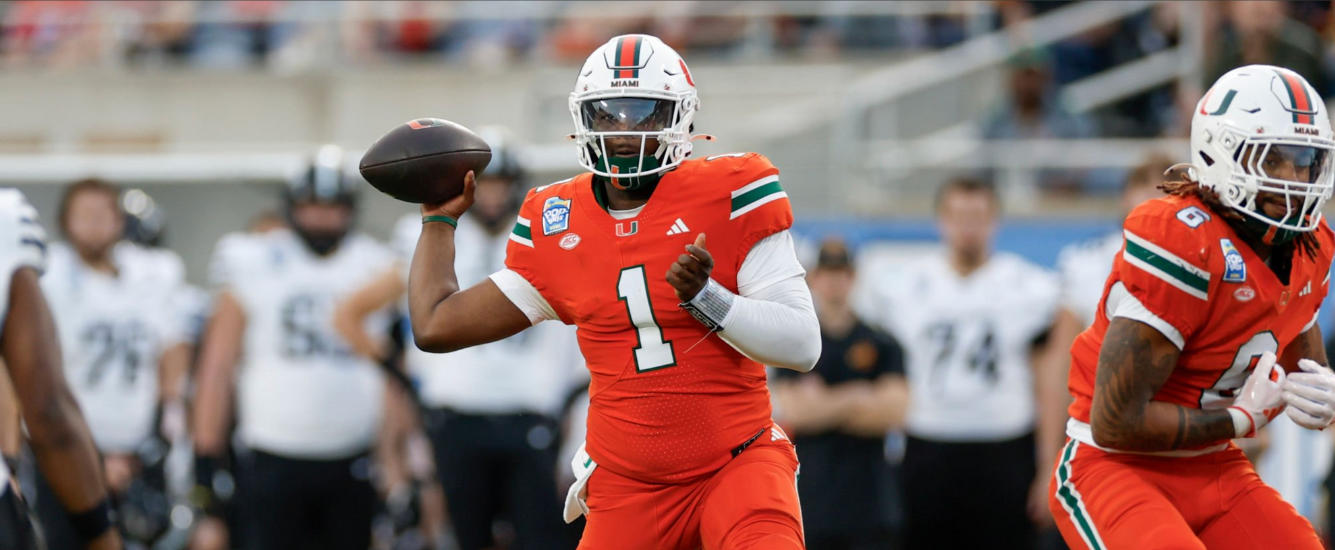A.J. Brown was special last year.
Over the last two decades, Odell Beckham Jr. is the only rookie wide receiver to post more receiving Fantasy Points Over Expectation (reFPOE) than Brown had in 2019. Brown accumulated 1,051 yards on just 84 targets, leading the NFL in yards per target in the process.[1]Minimum 30 targets. Since 1992, he is the only player to finish with over 1,000 yards on so few targets.
He did that as a rookie.
Understandably, there is considerable excitement about where Brown’s career could go from here. He’s currently going off the board as the WR14 (37.6 overall) in best ball drafts over the last week, indicating that fantasy owners expect him to produce fringe WR1 numbers in his sophomore campaign.
With that excitement has come criticism. Brown’s ADP has fallen almost a round over the last few months as skeptics question whether he’ll be able to withstand impending regression.

In The Wrong Read No. 59, Blair Andrews explained that efficiency is a very good thing for WRs – and rookie WRs especially – because a bump in volume can more than offset decreased efficiency. However, fantasy owners are expecting Brown to improve upon his WR21 finish from last year, so just knowing that he is likely to score more points isn’t that helpful because improvement is already baked into his price. For situations like this, it’s more important to know whether efficient rookie WRs outperform their ADP in Year 2.
Today, we’ll examine best ball win rates from the last five years to look at different groups of WRs and see if efficiency is valued correctly by fantasy players. For this exercise, only players who were drafted in at least 50.0% of best ball drafts were included. We’re also ignoring players who don’t have efficiency data from the previous season. That means that whenever we’re talking about rookie WRs, we are using their rookie reFPOE and their Year 2 win rate – not their rookie-year win rate.
The Overall Impact of Efficiency
Footnotes[+]Footnotes[−]
| ↑1 | Minimum 30 targets. |
|---|















